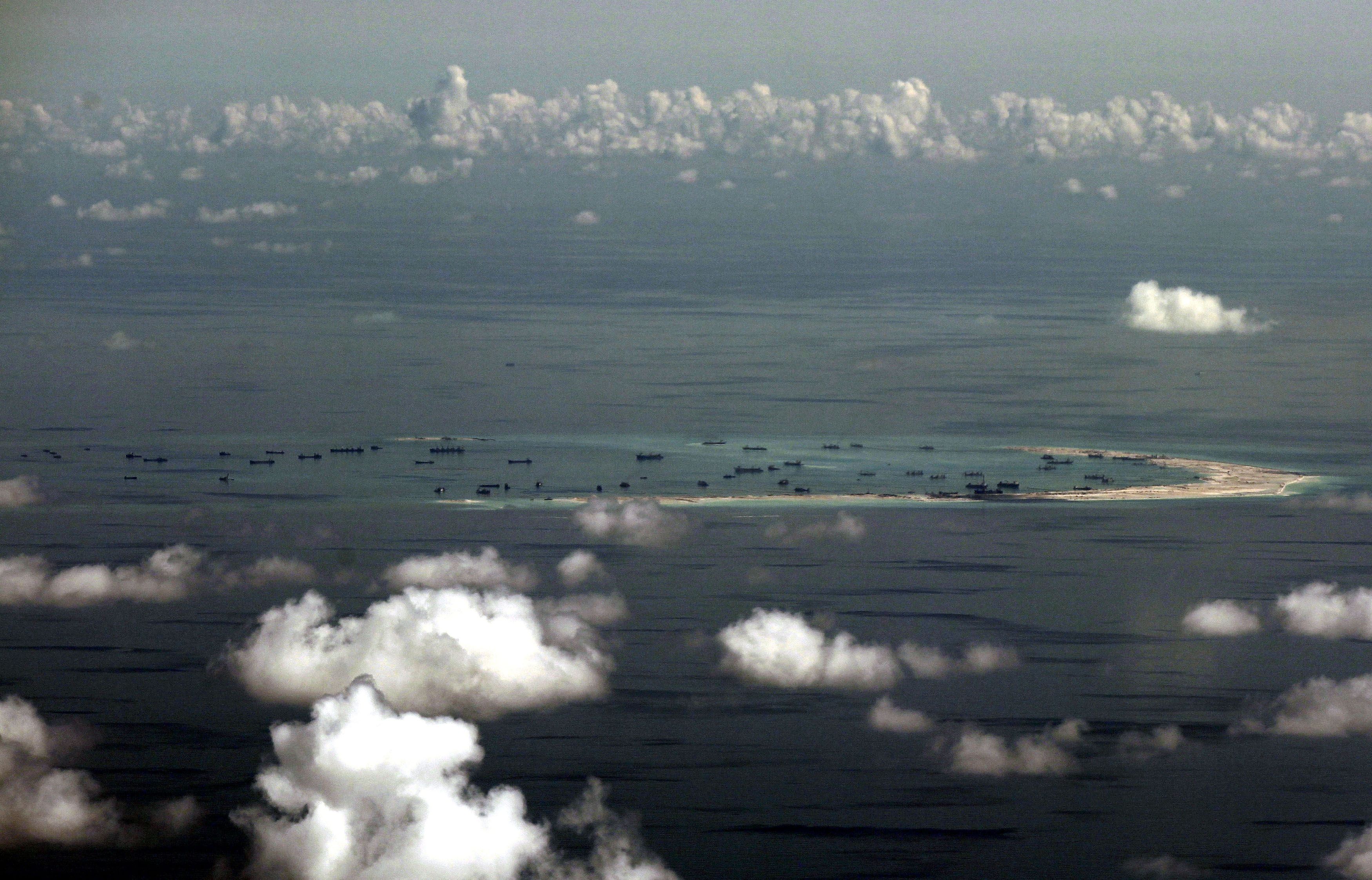
Beijing: China will begin civilian flights to and from a disputed South China Sea island within a year, state media reported on Friday, as the government expands infrastructure on islands and reefs also claimed by other countries in region.
The flights will be to Sansha city, on Woody Island in the Paracel archipelago, China's administrative base for islands and reefs it controls in the South China Sea.
China claims most of the energy-rich waters through which about $5 trillion in ship-borne trade passes every year. Neighbours Brunei, Malaysia, the Philippines, Taiwan and Vietnam also have claims.
The United States has voiced concerns about China's assertive pursuit of territory in one of the world's busiest trade routes.
Two passenger ships and a police vessel are base stations for mobile communications in Sansha, the official Xinhua news agency reported, citing an interview with Mayor Xiao Jie.
he airfield in Sansha and a newer one on Fiery Cross Reef in the Spratly archipelago are expected to boost air traffic services in the region, Xiao added, aiding navigation and surveillance while providing weather and aeronautics information.
US and Taiwan officials confirmed in February the "very recent" placement of surface-to-air missiles on Woody Island, the site of the largest Chinese presence on the Paracels, criticising the move as contrary to China's commitments not to militarise its claims in the South China Sea.
Beijing says it is entitled to "limited defensive facilities" on its territory, and dismissed reports about the missile placement as media hype.
China says much of the infrastructure it is building is purely civilian in nature and will benefit other countries.
China landed fully-armed jet fighters on an expanded airstrip on Woody Island in November, and reinforced hangars have been completed, regional diplomats have told Reuters.
Meanwhile, the director of US national intelligence said China will be able to project "substantial offensive military power" from artificial islands it has built in the South China Sea's disputed Spratly Islands within months.
In a February 23 letter to John McCain, chair of the US Senate Armed Services Committee, James Clapper said Chinese land reclamation and construction work in the Spratlys had established infrastructure needed "to project military capabilities in the South China Sea beyond that which is required for point defense of its outposts."
"Based on the pace and scope of construction at these outposts, China will be able to deploy a range of offensive and defensive military capabilities and support increased PLAN and CCG presence beginning in 2016," Clapper said in the letter released this week, using acronyms for the Chinese navy and coastguard.
"Once these facilities are completed by the end of 2016 or early 2017, China will have significant capacity to quickly project substantial offensive military power to the region," Clapper added.
The text of Clapper's letter in response to questions from McCain was published on the news portal of the U.S. Naval Institute. U.S. officials confirmed the content.
Clapper said that while the United States had yet to observe deployment of significant Chinese military capabilities in the Spratlys, it had built facilities able to support them, including modern fighter aircraft.
China had already installed military radars at Cuarteron and Fiery Cross reefs, and the infrastructure could also allow for the deployment of surface-to-air missiles, coastal defense cruise missiles and an increased presence of warships, he said. The United States had not seen Chinese air force activity in the Spratlys, but warships had stopped at its outposts including a guided-missile frigate and a guided-missile destroyer in December and January, Clapper said.
He said tank-landing ships had been employed widely in construction work and the landing of civil aircraft at Fiery Cross in January showed the airstrip there was operational and able to accommodate all Chinese military aircraft.
Clapper said China continued its land reclamation in the Spratlys after August 5, when its foreign minister claimed that it had been halted. While there was no evidence that China has plans for any significant additional land reclamation in the Spratlys, Clapper said there was sufficient reef area in the Spratlys for it to reclaim more than 1,000 additional acres (400 hectares).
The Pentagon has said that Beijing has sought to bolster its claim to nearly all of the South China Sea with island building projects in the Spratlys that have reclaimed more than 2,900 acres (1,170 hectares) of land since 2013.